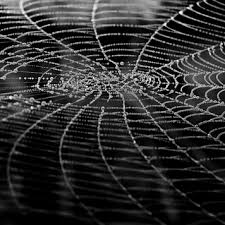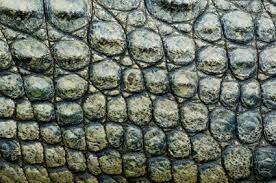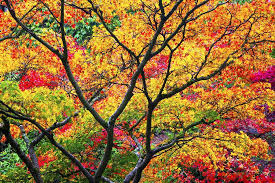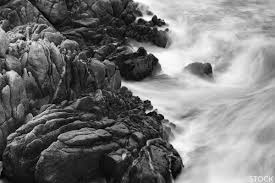Line
Line in photography refers to utilizing lines to generate visual appeal and communicate a message within an image. Lines can be utilized to guide the viewer’s focus, establish a feeling of distance, and even suggest motion.

Shape
Patterns are frequently seen in photography as shape elements. They can be utilized to highlight a specific section of the frame as well. Different shapes can be used to establish a stark difference between the subject and the surrounding area. These are only a few examples of the possible applications.

Space
Space in photography refers to the gap between objects and their surroundings in a photograph. It can be utilized to add dimension, highlight an item, or focus on a specific aspect of the arrangement.

Repetition
Using the same design element multiple times, such as a shape, line, color, tone, or texture, can be a valuable tool in the composition of both fine art and photography. Using this one element repeatedly can be utilized on its own or together with other elements to form designs, which can then be adjusted to produce a rhythm.

Texture
The appearance of an object’s surface, showcased by differences in form, shade, and depth of color. Texture adds vitality and liveliness to pictures that would seem dull and uninteresting otherwise.

Colour
Three characteristics of color are hue, value, and saturation. Hue is a basic term used to denote color, such as blue, red, and yellow. The brightness or darkness of a color is known as its value. Saturation refers to the strength or vividness of a color.

Value/Tone
Tonal value in an image describes the brightness or darkness of a color. It is crucial to differentiate various components in the photo and to establish a feeling of depth.

